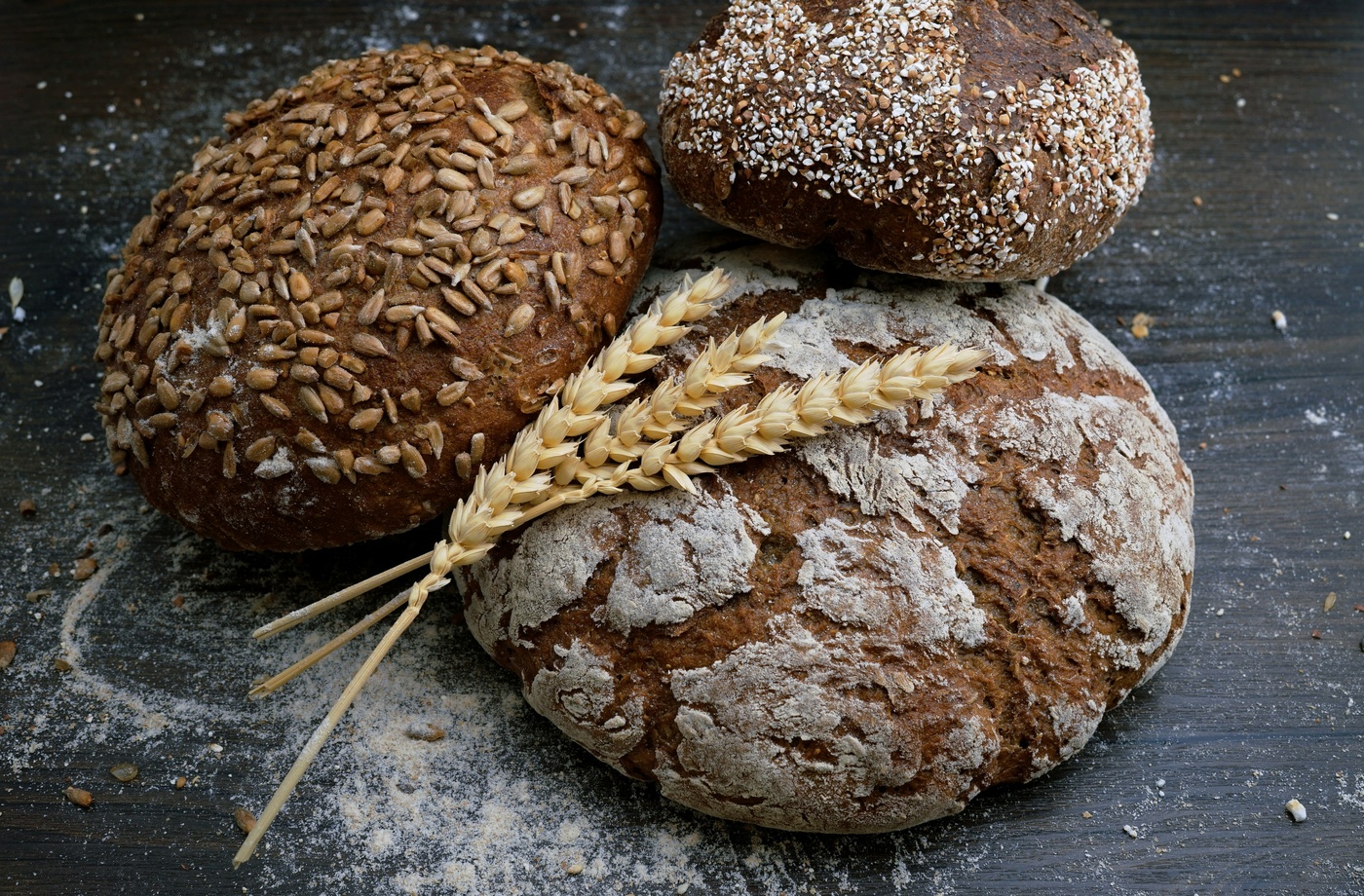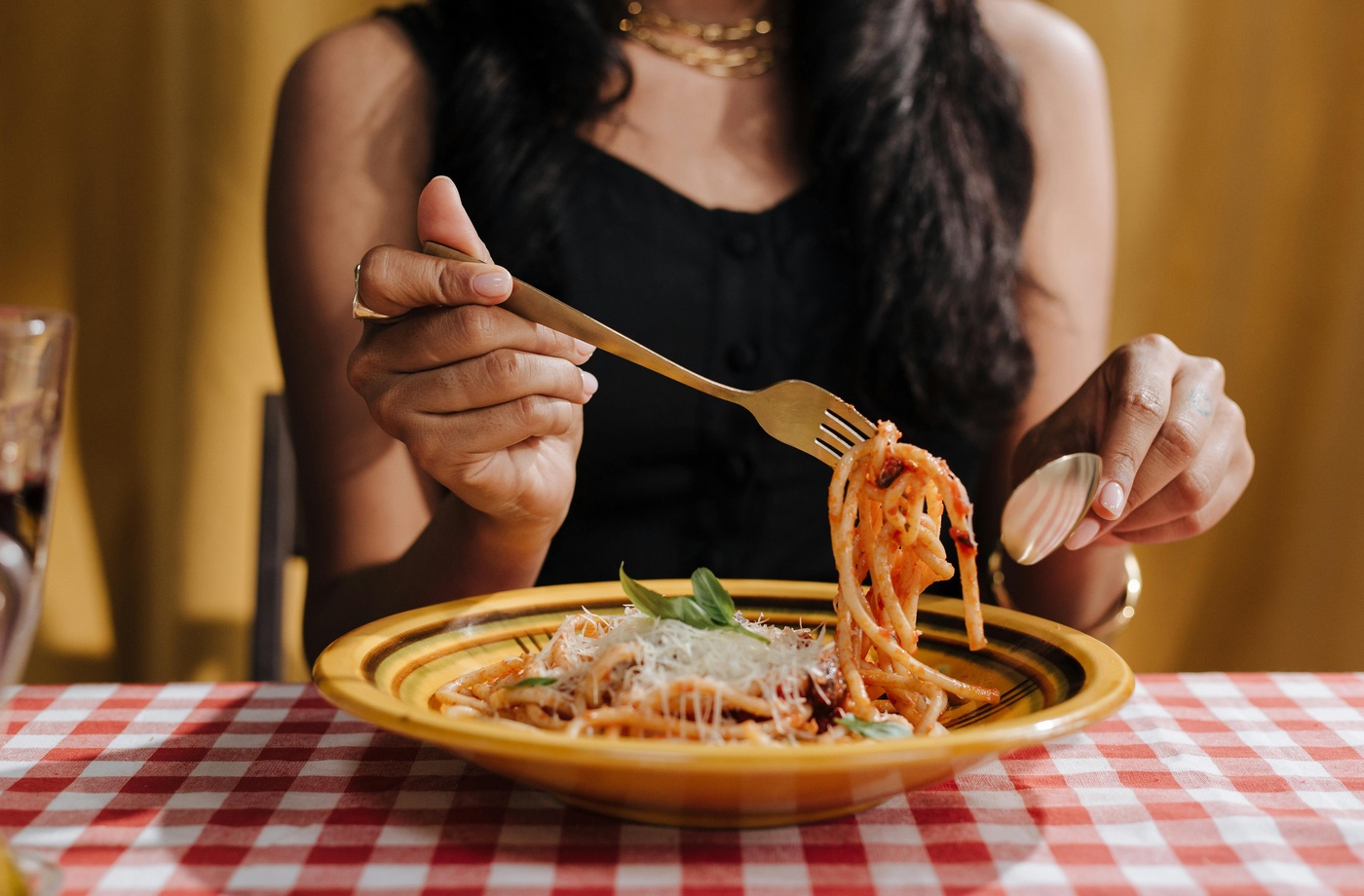Italy’s culinary charm isn’t just about pasta—it’s about the sauce. Each region brings its own history, ingredients, and technique to the table, resulting in a rich variety of sauces that define local identity. From creamy Roman classics to herb-forward Ligurian blends and slow-cooked Southern ragùs, these sauces reflect both place and tradition.
Whether you’re new to cooking Italian or just curious about what makes each sauce unique, here’s a breakdown of three iconic regional sauces—and how to make them at home.
Cacio e Pepe (Rome, Lazio)
Simple yet intensely flavorful, cacio e pepe (literally “cheese and pepper”) is a Roman staple that uses just three ingredients: pasta, Pecorino Romano cheese, and freshly cracked black pepper. The key to success is in the emulsification—creating a creamy, clingy sauce without butter or cream.
- Best pasta pairing: Tonnarelli, bucatini, or spaghetti
- Flavor profile: Sharp, salty, peppery, and minimal
- Pro tip: Finely grate the cheese and add it off-heat to prevent clumping
Try this easy cacio e pepe recipe from Bon Appétit.
Pesto alla Genovese (Liguria)
From the coastal region of Liguria, pesto alla Genovese is a raw, uncooked sauce made by blending fresh basil, garlic, pine nuts, Parmigiano-Reggiano, Pecorino, and extra virgin olive oil. Traditionally made using a mortar and pestle, modern versions use a food processor to simplify prep.
- Best pasta pairing: Trofie or trenette (though spaghetti works too)
- Flavor profile: Fresh, herbal, nutty, and aromatic
- Pro tip: Chill your olive oil slightly before blending to help keep the basil bright green
Get the classic method in this recipe from The Spruce Eats.
Ragù Napoletano (Naples, Campania)
Unlike the meat sauces of the north, Neapolitan ragù is a long-simmered tomato and meat-based sauce that develops rich flavor over hours. Whole cuts of meat like pork shoulder, ribs, or braciole are cooked in San Marzano tomatoes and removed before serving the pasta. The sauce becomes thick, silky, and deeply savory.
- Best pasta pairing: Ziti or paccheri
- Flavor profile: Rich, meaty, slow-cooked, and tomato-forward
- Pro tip: Use real San Marzano tomatoes (DOP-certified) for the most authentic flavor
Explore a traditional ragù Napoletano recipe from Serious Eats.
Why It Matters
Understanding regional sauces isn’t just about recipes—it’s about connecting to centuries of culinary tradition. Italian cuisine is built on locality, and each sauce tells a story of the landscape, people, and ingredients it came from.
Once you’ve mastered these three, branch out to explore:
- Bolognese (Emilia-Romagna) – a meat-based sauce with a touch of cream
- Sugo all’Amatriciana (Lazio) – made with guanciale, tomatoes, and Pecorino
- Salsa di Noci (Liguria) – a walnut-based white sauce perfect for pansotti
Each one expands your flavor palette and brings you closer to Italy, one bite at a time.



